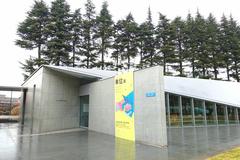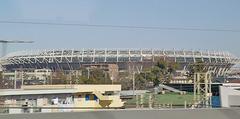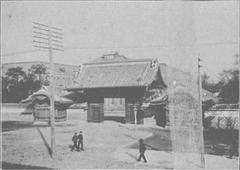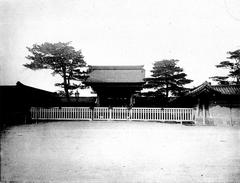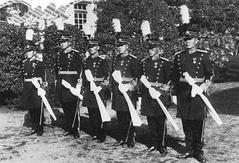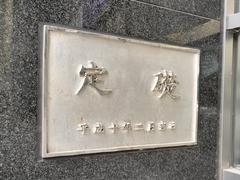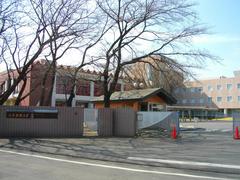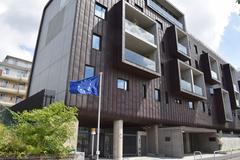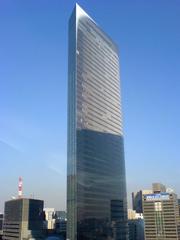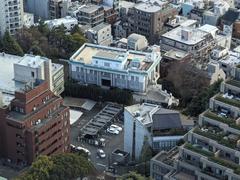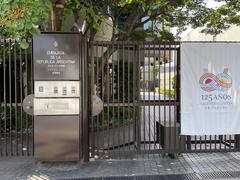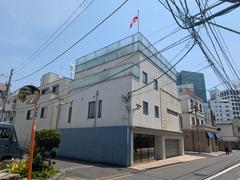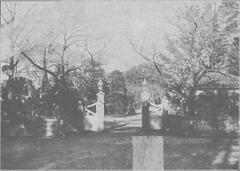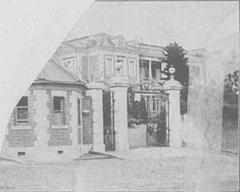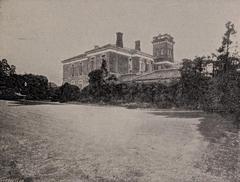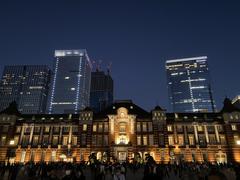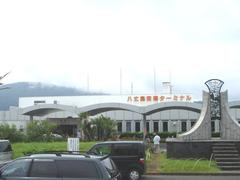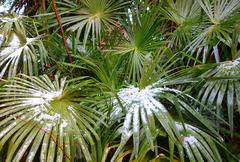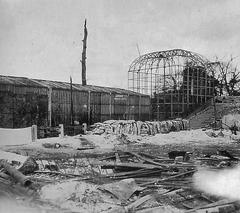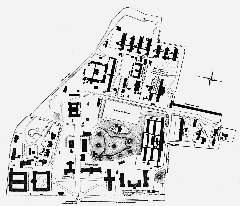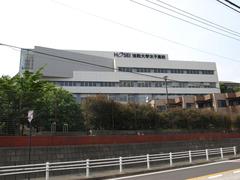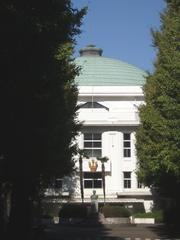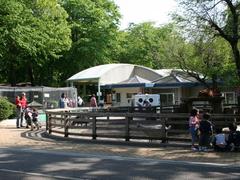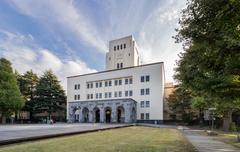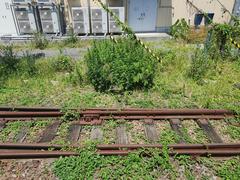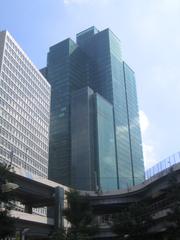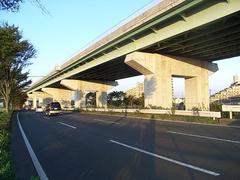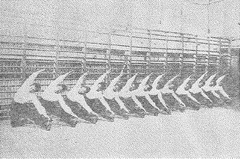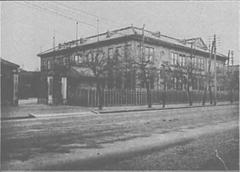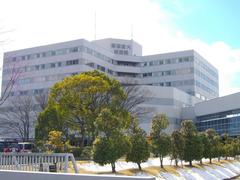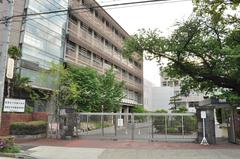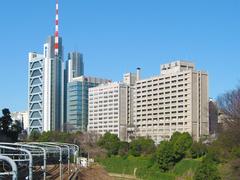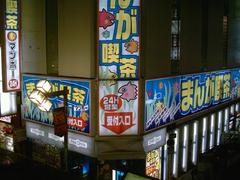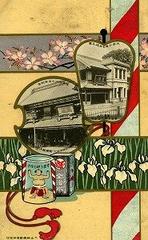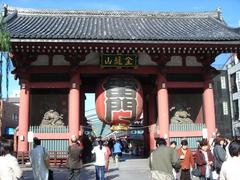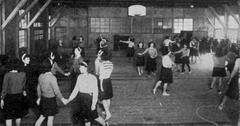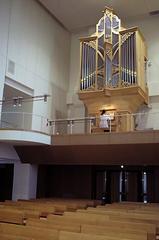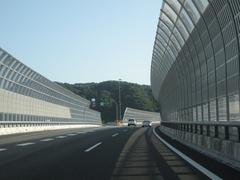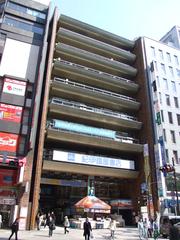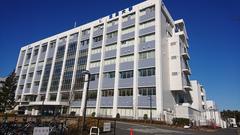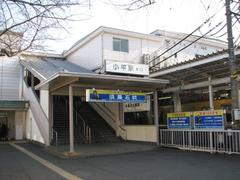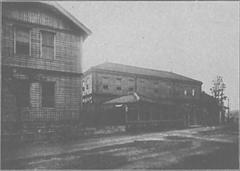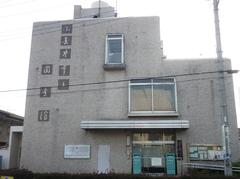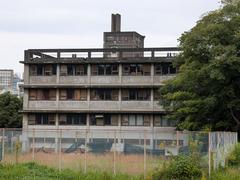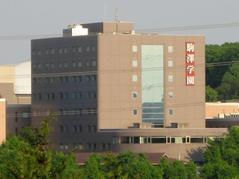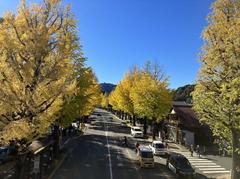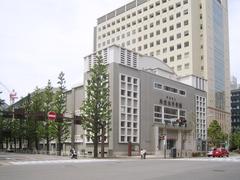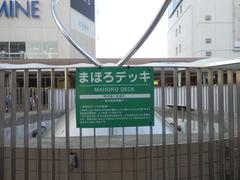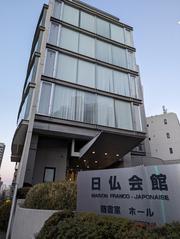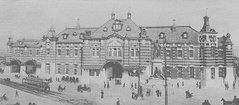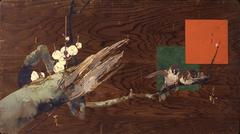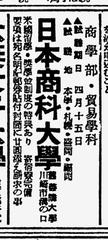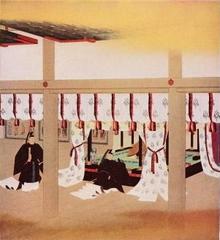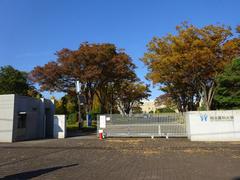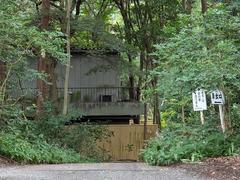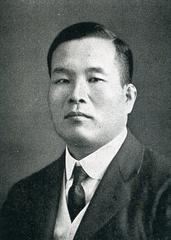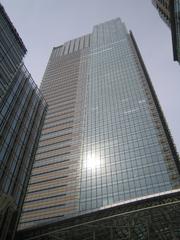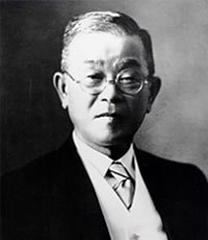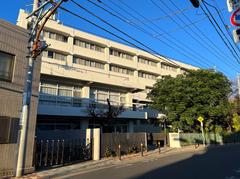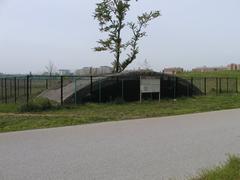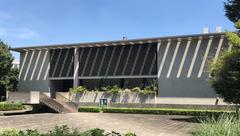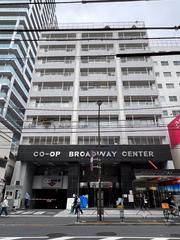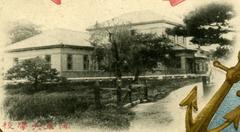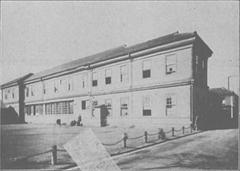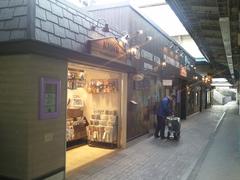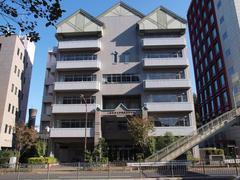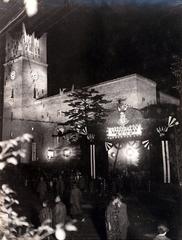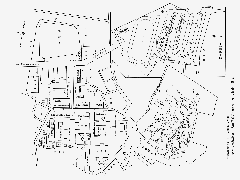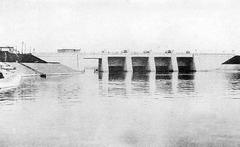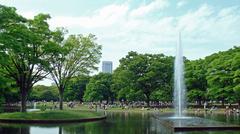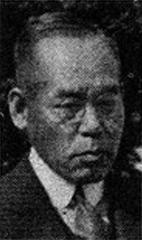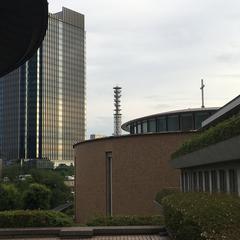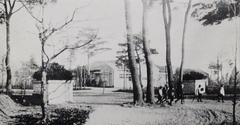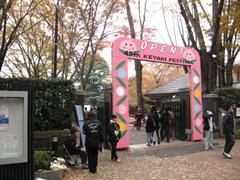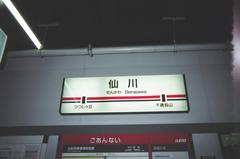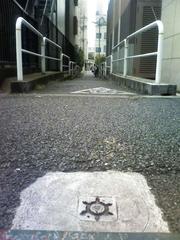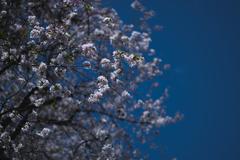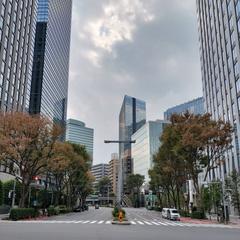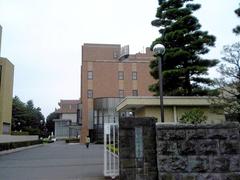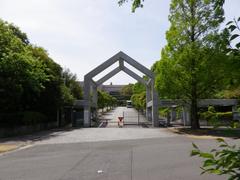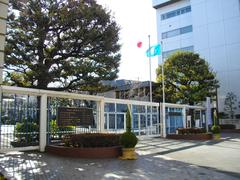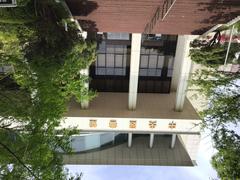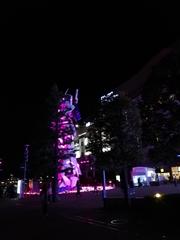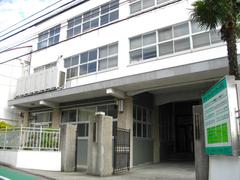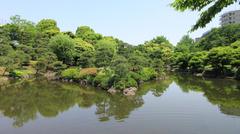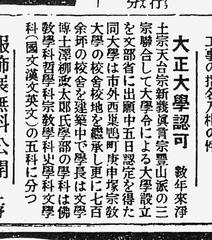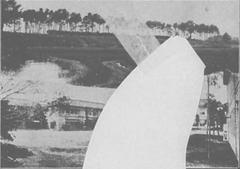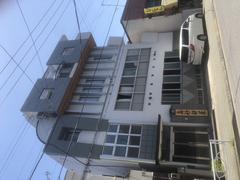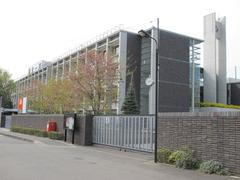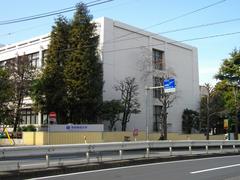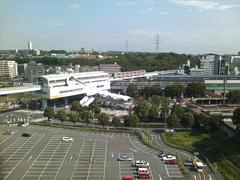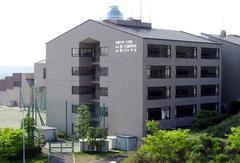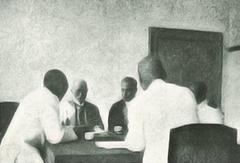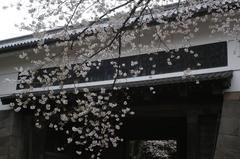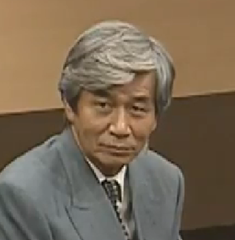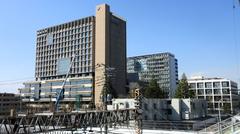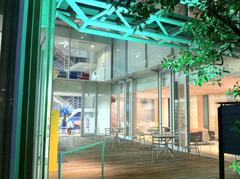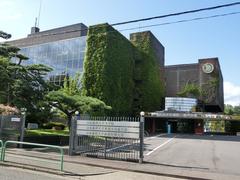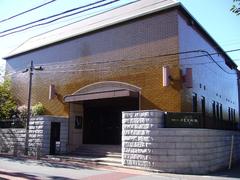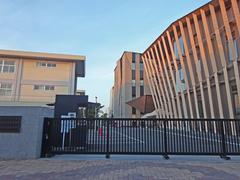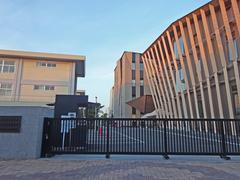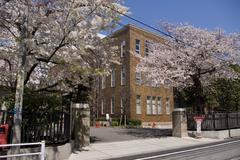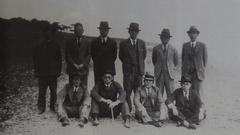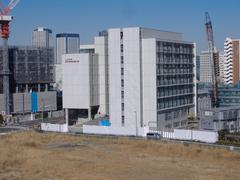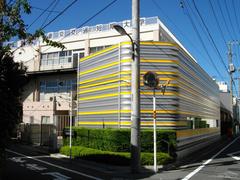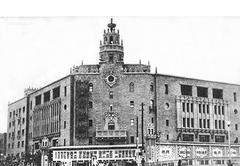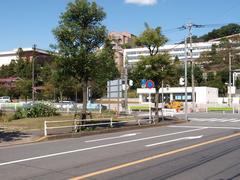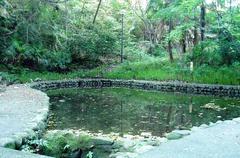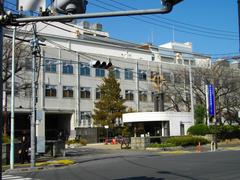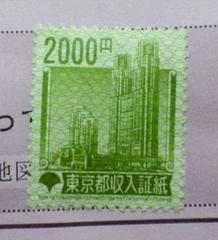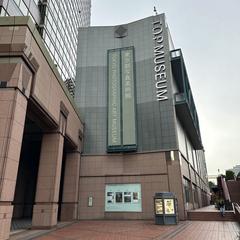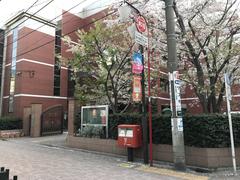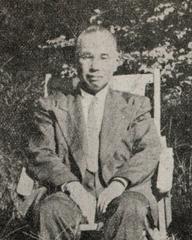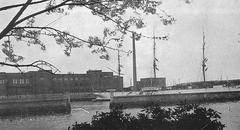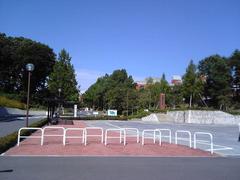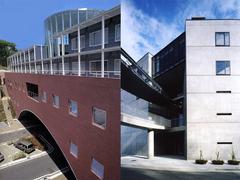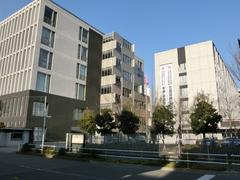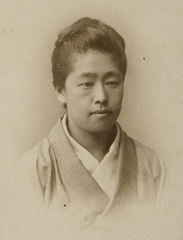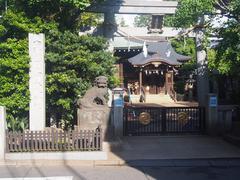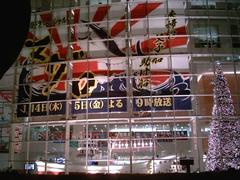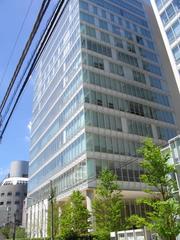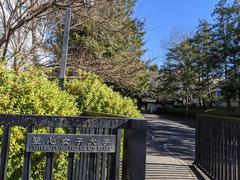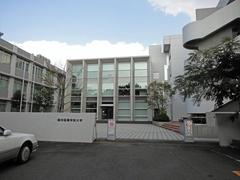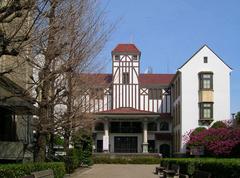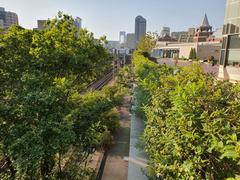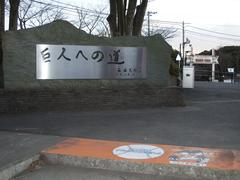Visiting Asakura House in Tokyo: Hours, Tickets, and Tips
Date: 19/07/2024
Introduction
Nestled in Tokyo’s stylish Daikanyama district, the 旧朝倉家住宅 (Kyū Asakura-ke Jūtaku), commonly known as Asakura House, is a historical gem that offers an enchanting journey through Taisho-era Japan. Constructed in 1919 by Torajiro Asakura, a notable politician and businessman, this residence is a remarkable example of Taisho-period architecture, combining traditional Japanese elements with Western influences. Visitors to the Asakura House are treated to a meticulously preserved snapshot of early 20th-century Japanese life, replete with tatami rooms, shoji screens, and an exquisite garden that provides a tranquil escape from the bustling city. Recognized as an Important Cultural Property by the Tokyo Metropolitan Government in 2004, the Asakura House not only showcases architectural prowess but also serves as a cultural landmark that reflects Japan’s historical transition from a feudal society to a modern state (Shibuya City).
Table of Contents
Origins and Construction
Constructed in 1919 by Torajiro Asakura, a prominent politician and businessman of the Taisho era, the Asakura House is a historic residence located in the Daikanyama district of Tokyo, Japan. The architecture of the house is a fine example of Taisho-era design, blending traditional Japanese elements with Western influences. The house was built using high-quality materials and traditional construction techniques, which have contributed to its preservation over the years.
Architectural Significance
The Asakura House is renowned for its architectural significance. The residence is a two-story wooden structure with a tiled roof, featuring a combination of Japanese and Western architectural styles. The interior includes tatami rooms, sliding shoji doors, and intricate wooden carvings, characteristic of traditional Japanese homes. Additionally, the house has Western-style rooms with wooden floors and large windows, reflecting the influence of Western architecture during the Taisho era.
One of the most notable features of the Asakura House is its garden, which includes a pond, stone lanterns, and carefully manicured trees and shrubs, creating a serene and picturesque environment. The garden is an integral part of the house’s design, providing a tranquil retreat from the bustling city.
Historical Context
The Asakura House was built during a period of significant social and political change in Japan. The Taisho era (1912-1926) was marked by the country’s transition from a feudal society to a modern state. This period saw the rise of new political movements, increased Western influence, and rapid industrialization. The construction of the Asakura House reflects these changes, incorporating both traditional Japanese and modern Western elements.
Torajiro Asakura, the original owner of the house, was a key figure in this period of transformation. As a politician and businessman, he played a significant role in the development of Tokyo and the modernization of Japan. The house served as his residence and a place for hosting important political and social gatherings.
Preservation and Restoration
The Asakura House has been preserved and restored to maintain its historical and architectural integrity. In 2004, the house was designated as an Important Cultural Property by the Tokyo Metropolitan Government, recognizing its significance as a cultural and historical landmark. The designation has helped to ensure the preservation of the house and its garden for future generations.
Restoration efforts have focused on maintaining the original materials and construction techniques used in the house. This includes the preservation of the wooden structure, tatami mats, shoji doors, and other traditional elements. The garden has also been carefully maintained to preserve its original design and aesthetic.
Visitor Experience
Exploring the House
Today, the Asakura House is open to the public as a museum, offering visitors a glimpse into the lifestyle and architecture of the Taisho era. The house provides a unique opportunity to experience traditional Japanese architecture and design, as well as the historical context of the period.
Visitors can explore the various rooms of the house, each preserved to reflect its original appearance. The tatami rooms, with their sliding shoji doors and intricate wooden carvings, offer a sense of traditional Japanese living. The Western-style rooms, with their wooden floors and large windows, provide a contrast and highlight the influence of Western architecture.
The Garden Experience
The garden is a highlight of the visit, offering a peaceful and serene environment. Visitors can stroll through the garden, admire the pond and stone lanterns, and enjoy the carefully manicured trees and shrubs. The garden provides a tranquil retreat and a connection to nature, an important aspect of traditional Japanese design.
Educational Programs and Events
The Asakura House also offers educational programs and events to enhance the visitor experience. These programs include guided tours, workshops, and lectures on the history and architecture of the house, as well as the cultural and historical context of the Taisho era. The guided tours provide in-depth information about the house and its significance, while the workshops and lectures offer opportunities for hands-on learning and engagement.
Special events are held throughout the year, including seasonal festivals, tea ceremonies, and cultural performances. These events provide visitors with a deeper understanding of Japanese culture and traditions and offer a unique and immersive experience.
Visitor Information
Tickets and Visiting Hours
The Asakura House is located in the Daikanyama district of Tokyo, easily accessible by public transportation. The nearest train station is Daikanyama Station, a short walk from the house. The house is open to the public year-round, with varying hours of operation depending on the season.
Admission fees are charged for entry to the house and garden, with discounts available for students, seniors, and groups. Guided tours and educational programs may require advance reservations and additional fees.
For more information about visiting the Asakura House, including hours of operation, admission fees, and upcoming events, visitors can refer to the official website of the Asakura House (Asakura House Official Website).
Nearby Attractions
Visitors to the Asakura House can also explore nearby attractions in the Daikanyama district, known for its trendy boutiques, cafes, and bookstores. Notable sites include the Daikanyama T-Site complex, which houses a popular bookstore, and the Kyu Asakura Gardens, another beautiful historical site.
FAQ
Q: What are the visiting hours for the Asakura House?
A: The visiting hours vary depending on the season. Please refer to the official website for the most up-to-date information.
Q: How much are the tickets to visit the Asakura House?
A: Admission fees vary, with discounts available for students, seniors, and groups. Specific ticket prices can be found on the official website.
Q: Are guided tours available at the Asakura House?
A: Yes, guided tours are available and may require advance reservations. Additional fees may apply.
Q: What other attractions are nearby the Asakura House?
A: Nearby attractions include the Daikanyama T-Site complex and the Kyu Asakura Gardens.
Q: Can I participate in cultural events and workshops at the Asakura House?
A: Yes, the Asakura House offers various cultural events and workshops. Check the official website for details on upcoming programs.
Conclusion
The Asakura House is a significant cultural and historical landmark in Tokyo, offering a unique glimpse into the architecture and lifestyle of the Taisho era. Its preservation and restoration efforts have ensured that this important piece of history is maintained for future generations to enjoy. Visitors to the Asakura House can experience traditional Japanese architecture, explore the beautiful garden, and participate in educational programs and events that provide a deeper understanding of Japanese culture and history.
For the latest updates and more detailed visitor information, be sure to visit the official Asakura House website and follow their social media channels.
References
- Visiting Asakura House - History, Tickets, and Tips for Exploring Tokyo’s Historical Gem (Shibuya City)
- A Comprehensive Guide to Visiting the Asakura House - History, Architecture, and Visitor Information (Asakura House Official Website)
- Complete Guide to Visiting the Former Asakura Residence in Tokyo - Tickets, Hours, and Tips (Google Maps)
